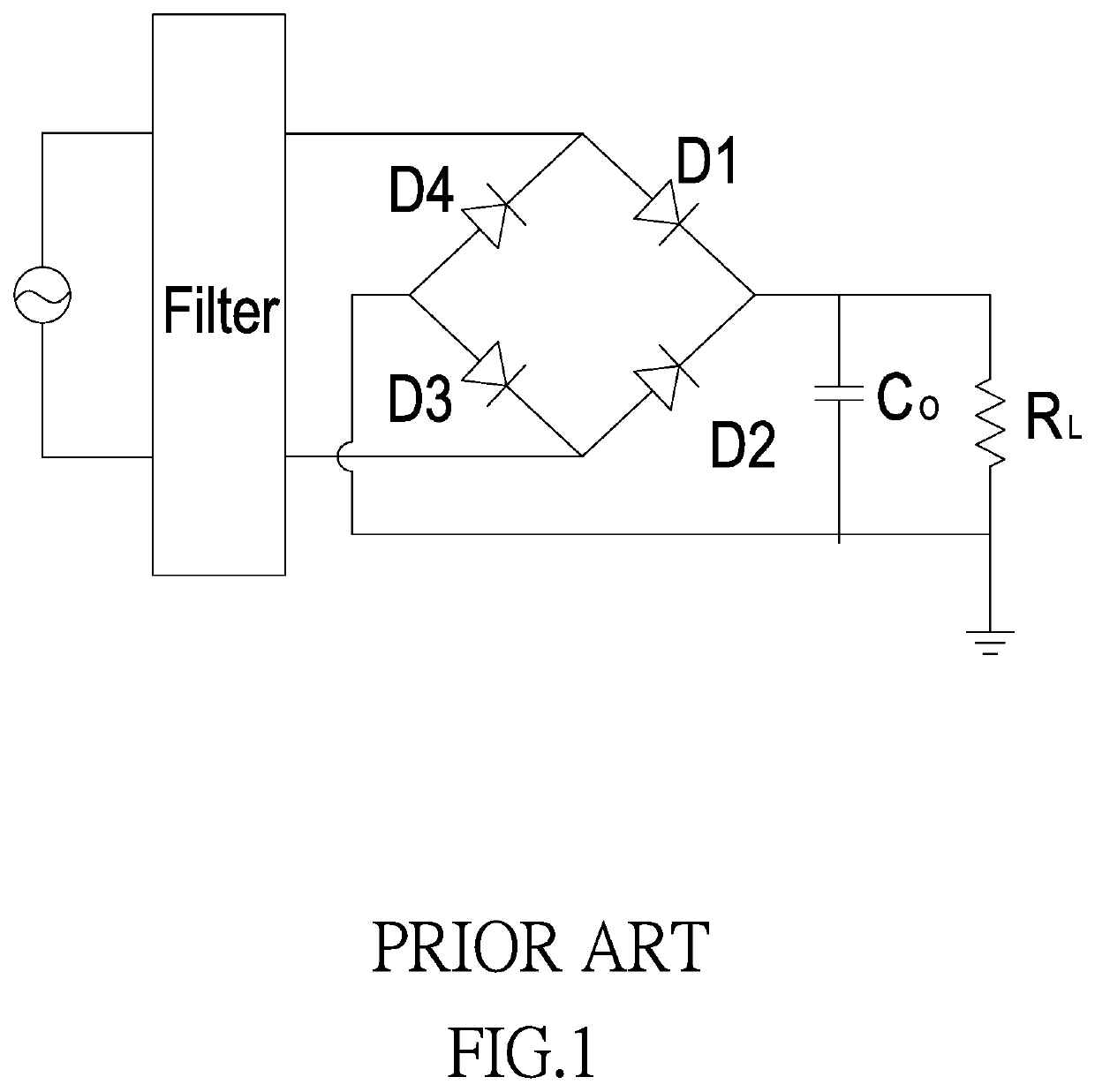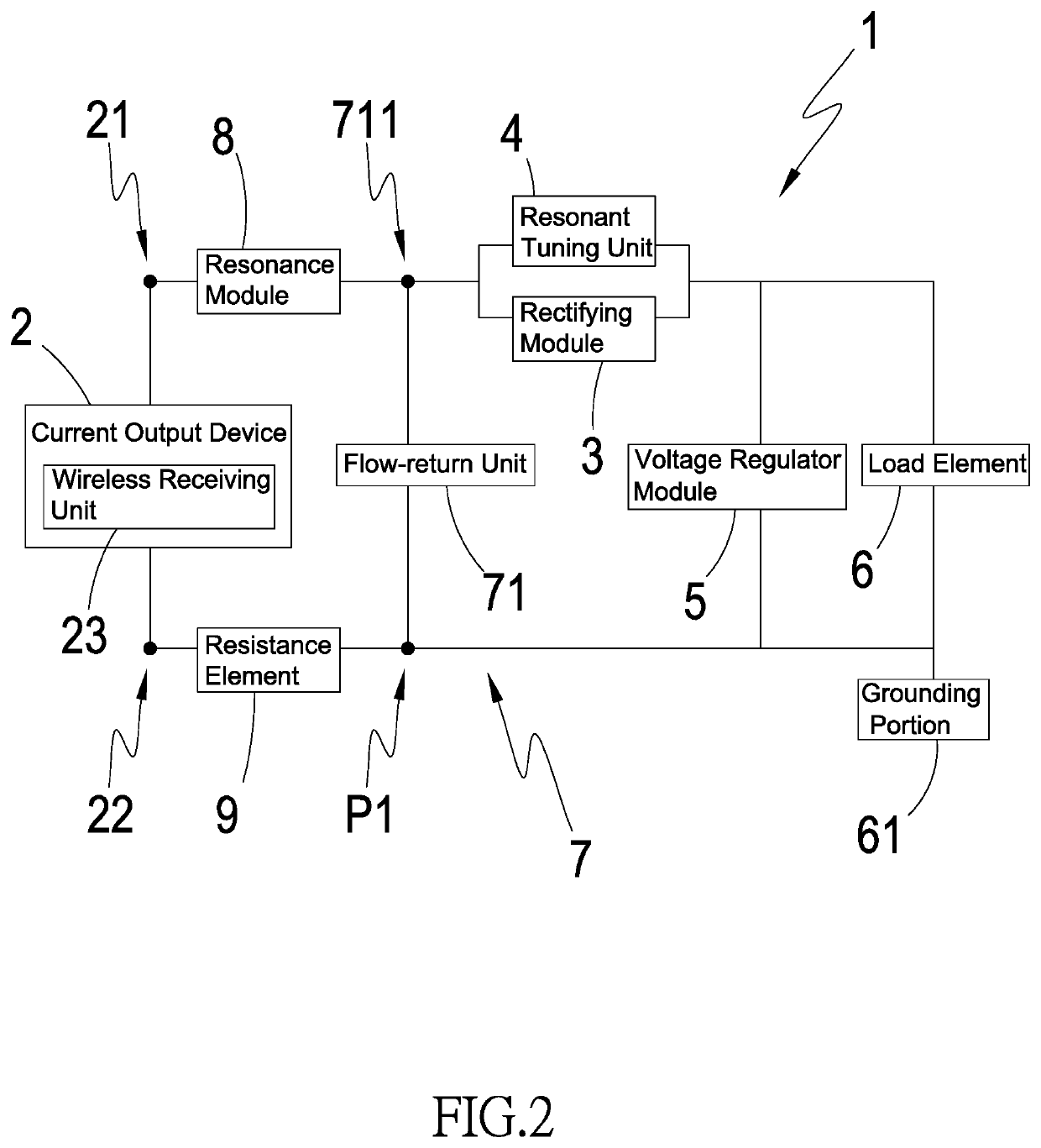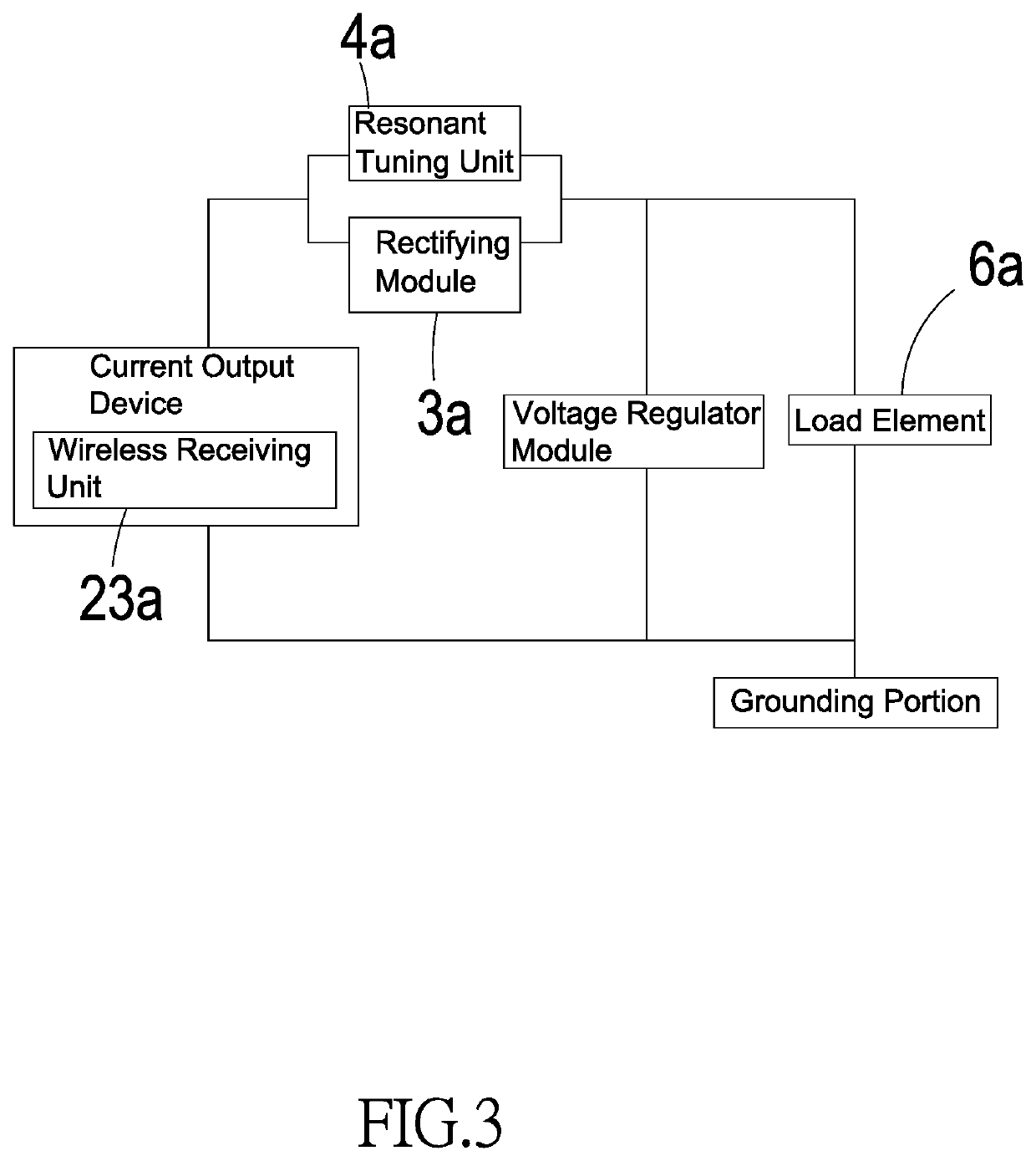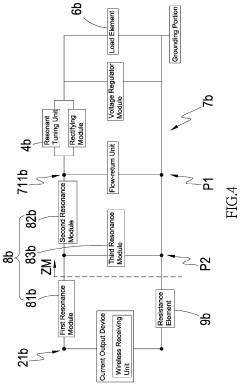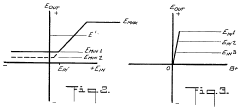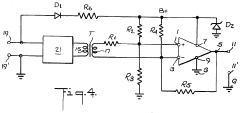How to Ensure Efficient Half Wave Rectifier Manufacturing?
JUL 16, 202510 MIN READ
Generate Your Research Report Instantly with AI Agent
Patsnap Eureka helps you evaluate technical feasibility & market potential.
Half Wave Rectifier Background and Objectives
Half wave rectifiers have been a fundamental component in electronic circuits since the early days of radio technology. These devices play a crucial role in converting alternating current (AC) to pulsating direct current (DC), making them essential in various applications, from power supplies to signal processing. The evolution of half wave rectifiers has been closely tied to advancements in semiconductor technology, with significant improvements in efficiency, size, and reliability over the years.
The primary objective in half wave rectifier manufacturing is to achieve high efficiency while maintaining cost-effectiveness and reliability. This involves optimizing the design and production processes to minimize power losses, reduce heat generation, and ensure consistent performance across a wide range of operating conditions. As the demand for more compact and energy-efficient electronic devices continues to grow, the importance of efficient half wave rectifier manufacturing has become increasingly critical.
One of the key trends in half wave rectifier technology is the shift towards more advanced semiconductor materials and fabrication techniques. Silicon-based diodes have long been the standard, but newer materials such as silicon carbide (SiC) and gallium nitride (GaN) are gaining traction due to their superior electrical properties. These wide-bandgap semiconductors offer lower forward voltage drops, faster switching speeds, and better thermal characteristics, potentially leading to more efficient rectification processes.
Another significant development in the field is the integration of half wave rectifiers into more complex power management systems. This trend is driven by the need for more compact and versatile electronic devices, particularly in portable and IoT applications. Integrated circuits that combine rectification, voltage regulation, and protection features are becoming increasingly common, presenting new challenges and opportunities in manufacturing processes.
The manufacturing of half wave rectifiers also faces challenges related to sustainability and environmental concerns. As global regulations on electronic waste and energy efficiency become more stringent, manufacturers are under pressure to develop more eco-friendly production methods and materials. This includes exploring alternatives to traditional lead-based solders, implementing more efficient cooling solutions, and designing for easier recycling and disposal at the end of a product's lifecycle.
Looking ahead, the future of half wave rectifier manufacturing is likely to be shaped by emerging technologies such as 3D printing and advanced automation. These technologies have the potential to revolutionize production processes, enabling more complex designs, reducing material waste, and improving overall manufacturing efficiency. Additionally, the integration of artificial intelligence and machine learning in quality control and process optimization could lead to significant improvements in yield rates and product consistency.
The primary objective in half wave rectifier manufacturing is to achieve high efficiency while maintaining cost-effectiveness and reliability. This involves optimizing the design and production processes to minimize power losses, reduce heat generation, and ensure consistent performance across a wide range of operating conditions. As the demand for more compact and energy-efficient electronic devices continues to grow, the importance of efficient half wave rectifier manufacturing has become increasingly critical.
One of the key trends in half wave rectifier technology is the shift towards more advanced semiconductor materials and fabrication techniques. Silicon-based diodes have long been the standard, but newer materials such as silicon carbide (SiC) and gallium nitride (GaN) are gaining traction due to their superior electrical properties. These wide-bandgap semiconductors offer lower forward voltage drops, faster switching speeds, and better thermal characteristics, potentially leading to more efficient rectification processes.
Another significant development in the field is the integration of half wave rectifiers into more complex power management systems. This trend is driven by the need for more compact and versatile electronic devices, particularly in portable and IoT applications. Integrated circuits that combine rectification, voltage regulation, and protection features are becoming increasingly common, presenting new challenges and opportunities in manufacturing processes.
The manufacturing of half wave rectifiers also faces challenges related to sustainability and environmental concerns. As global regulations on electronic waste and energy efficiency become more stringent, manufacturers are under pressure to develop more eco-friendly production methods and materials. This includes exploring alternatives to traditional lead-based solders, implementing more efficient cooling solutions, and designing for easier recycling and disposal at the end of a product's lifecycle.
Looking ahead, the future of half wave rectifier manufacturing is likely to be shaped by emerging technologies such as 3D printing and advanced automation. These technologies have the potential to revolutionize production processes, enabling more complex designs, reducing material waste, and improving overall manufacturing efficiency. Additionally, the integration of artificial intelligence and machine learning in quality control and process optimization could lead to significant improvements in yield rates and product consistency.
Market Analysis for Half Wave Rectifiers
The global market for half wave rectifiers has shown steady growth in recent years, driven by increasing demand for power electronics across various industries. The automotive sector, in particular, has emerged as a significant consumer of half wave rectifiers, with the rise of electric vehicles and advanced driver assistance systems requiring efficient power conversion solutions. Additionally, the growing adoption of renewable energy sources, such as solar and wind power, has further boosted the demand for half wave rectifiers in power management applications.
In terms of market size, the half wave rectifier segment is estimated to be a substantial portion of the overall power electronics market. The increasing need for compact and efficient power conversion solutions in consumer electronics, industrial equipment, and telecommunications infrastructure has contributed to the market's expansion. Furthermore, the ongoing trend of miniaturization in electronic devices has created opportunities for manufacturers to develop smaller, more efficient half wave rectifier components.
Geographically, Asia-Pacific dominates the half wave rectifier market, with China, Japan, and South Korea being the major manufacturing hubs. The region's strong presence in electronics manufacturing and automotive production has been a key factor in driving demand. North America and Europe follow closely, with their focus on technological advancements and the adoption of renewable energy systems contributing to market growth.
The market landscape is characterized by a mix of established players and emerging companies. Key market participants include semiconductor manufacturers, electronic component suppliers, and specialized power electronics firms. These companies are continuously investing in research and development to improve the efficiency and reliability of half wave rectifiers, addressing the growing demand for high-performance power conversion solutions.
Looking ahead, the half wave rectifier market is expected to continue its growth trajectory. Factors such as the increasing electrification of vehicles, the expansion of 5G networks, and the ongoing development of smart grid systems are likely to drive demand. Moreover, the push for energy-efficient solutions across industries is expected to create new opportunities for half wave rectifier manufacturers.
However, the market also faces challenges, including price pressures and the need for continuous innovation to meet evolving industry standards. Manufacturers must focus on developing cost-effective production methods and improving product performance to maintain their competitive edge in this dynamic market landscape.
In terms of market size, the half wave rectifier segment is estimated to be a substantial portion of the overall power electronics market. The increasing need for compact and efficient power conversion solutions in consumer electronics, industrial equipment, and telecommunications infrastructure has contributed to the market's expansion. Furthermore, the ongoing trend of miniaturization in electronic devices has created opportunities for manufacturers to develop smaller, more efficient half wave rectifier components.
Geographically, Asia-Pacific dominates the half wave rectifier market, with China, Japan, and South Korea being the major manufacturing hubs. The region's strong presence in electronics manufacturing and automotive production has been a key factor in driving demand. North America and Europe follow closely, with their focus on technological advancements and the adoption of renewable energy systems contributing to market growth.
The market landscape is characterized by a mix of established players and emerging companies. Key market participants include semiconductor manufacturers, electronic component suppliers, and specialized power electronics firms. These companies are continuously investing in research and development to improve the efficiency and reliability of half wave rectifiers, addressing the growing demand for high-performance power conversion solutions.
Looking ahead, the half wave rectifier market is expected to continue its growth trajectory. Factors such as the increasing electrification of vehicles, the expansion of 5G networks, and the ongoing development of smart grid systems are likely to drive demand. Moreover, the push for energy-efficient solutions across industries is expected to create new opportunities for half wave rectifier manufacturers.
However, the market also faces challenges, including price pressures and the need for continuous innovation to meet evolving industry standards. Manufacturers must focus on developing cost-effective production methods and improving product performance to maintain their competitive edge in this dynamic market landscape.
Current Manufacturing Challenges and Limitations
The manufacturing of half wave rectifiers faces several challenges and limitations that impact production efficiency and product quality. One of the primary issues is the precision required in component selection and assembly. Half wave rectifiers rely on diodes with specific characteristics, and even slight variations in these components can lead to performance inconsistencies across manufactured units.
Another significant challenge lies in the thermal management of the rectifier during the manufacturing process. The heat generated during soldering and assembly can affect the properties of sensitive components, potentially leading to premature failure or reduced efficiency of the final product. Implementing effective cooling mechanisms and temperature control throughout the production line is crucial but often complex and costly.
Quality control presents a persistent challenge in half wave rectifier manufacturing. Ensuring consistent performance across large production volumes requires sophisticated testing equipment and procedures. The need for high-frequency testing to verify rectification efficiency and voltage regulation adds time and cost to the manufacturing process.
Miniaturization trends in electronics pose additional manufacturing difficulties. As devices become smaller, the assembly of half wave rectifiers becomes more intricate, demanding higher precision in component placement and soldering. This increased complexity can lead to higher defect rates and slower production speeds if not properly addressed.
Environmental factors also play a role in manufacturing challenges. Humidity and electrostatic discharge can affect sensitive components during production, necessitating controlled environments that add to manufacturing costs and complexity. Additionally, the use of certain materials in traditional half wave rectifier designs may face restrictions due to environmental regulations, forcing manufacturers to adapt their processes and materials.
Supply chain vulnerabilities represent another limitation in efficient manufacturing. The reliance on specific components, particularly high-quality diodes, can lead to production bottlenecks if there are shortages or quality issues with suppliers. Diversifying the supply chain while maintaining component consistency is a delicate balance that manufacturers must strike.
Automation integration in the manufacturing process, while beneficial for efficiency, presents its own set of challenges. Implementing robotics and automated testing systems requires significant initial investment and ongoing maintenance. Ensuring these systems can handle the precision required for half wave rectifier assembly without introducing new sources of error is a complex task.
Lastly, the rapid pace of technological advancement in power electronics means that manufacturing processes must be flexible enough to accommodate design iterations and improvements. This need for adaptability can conflict with the desire for streamlined, high-volume production, creating a tension between innovation and manufacturing efficiency.
Another significant challenge lies in the thermal management of the rectifier during the manufacturing process. The heat generated during soldering and assembly can affect the properties of sensitive components, potentially leading to premature failure or reduced efficiency of the final product. Implementing effective cooling mechanisms and temperature control throughout the production line is crucial but often complex and costly.
Quality control presents a persistent challenge in half wave rectifier manufacturing. Ensuring consistent performance across large production volumes requires sophisticated testing equipment and procedures. The need for high-frequency testing to verify rectification efficiency and voltage regulation adds time and cost to the manufacturing process.
Miniaturization trends in electronics pose additional manufacturing difficulties. As devices become smaller, the assembly of half wave rectifiers becomes more intricate, demanding higher precision in component placement and soldering. This increased complexity can lead to higher defect rates and slower production speeds if not properly addressed.
Environmental factors also play a role in manufacturing challenges. Humidity and electrostatic discharge can affect sensitive components during production, necessitating controlled environments that add to manufacturing costs and complexity. Additionally, the use of certain materials in traditional half wave rectifier designs may face restrictions due to environmental regulations, forcing manufacturers to adapt their processes and materials.
Supply chain vulnerabilities represent another limitation in efficient manufacturing. The reliance on specific components, particularly high-quality diodes, can lead to production bottlenecks if there are shortages or quality issues with suppliers. Diversifying the supply chain while maintaining component consistency is a delicate balance that manufacturers must strike.
Automation integration in the manufacturing process, while beneficial for efficiency, presents its own set of challenges. Implementing robotics and automated testing systems requires significant initial investment and ongoing maintenance. Ensuring these systems can handle the precision required for half wave rectifier assembly without introducing new sources of error is a complex task.
Lastly, the rapid pace of technological advancement in power electronics means that manufacturing processes must be flexible enough to accommodate design iterations and improvements. This need for adaptability can conflict with the desire for streamlined, high-volume production, creating a tension between innovation and manufacturing efficiency.
Existing Efficient Manufacturing Solutions
01 Circuit design optimization
Improving the efficiency of half-wave rectifiers through optimized circuit design. This includes using advanced components, reducing parasitic losses, and implementing innovative topologies to minimize power dissipation and increase overall efficiency.- Circuit design for improved efficiency: Half-wave rectifiers can be designed with specific circuit configurations to enhance their efficiency. This may include the use of capacitors for smoothing output, optimized diode selection, and careful component placement to minimize losses. Advanced circuit designs can significantly improve the overall performance and energy conversion efficiency of half-wave rectifiers.
- Voltage regulation techniques: Implementing voltage regulation techniques in half-wave rectifier circuits can improve their efficiency. This may involve using feedback loops, voltage-sensing components, or adaptive control mechanisms to maintain a stable output voltage. Such techniques help optimize power conversion and reduce energy losses across varying load conditions.
- Thermal management for efficiency improvement: Effective thermal management in half-wave rectifier designs can contribute to increased efficiency. This includes using heat sinks, improved component layouts for better heat dissipation, and selecting components with better thermal characteristics. Proper thermal management reduces energy losses due to heat and extends the lifespan of the rectifier components.
- Integration of power factor correction: Incorporating power factor correction (PFC) techniques into half-wave rectifier designs can significantly improve their efficiency. PFC helps to align the current waveform with the voltage waveform, reducing harmonic distortion and improving the overall power quality. This integration can lead to better energy utilization and compliance with power quality standards.
- Use of advanced semiconductor materials: Employing advanced semiconductor materials in half-wave rectifier components can enhance efficiency. Materials with lower forward voltage drops, faster switching speeds, and better thermal properties can reduce conduction and switching losses. This may include the use of silicon carbide (SiC) or gallium nitride (GaN) devices in place of traditional silicon-based components.
02 Voltage regulation techniques
Implementing voltage regulation techniques to enhance the efficiency of half-wave rectifiers. This involves using feedback control systems, voltage stabilization circuits, and adaptive regulation methods to maintain consistent output voltage and improve overall performance.Expand Specific Solutions03 Filtering and smoothing methods
Employing advanced filtering and smoothing techniques to reduce ripple and improve the quality of the rectified output. This includes using capacitor-inductor combinations, active filtering circuits, and digital signal processing methods to achieve a more stable and efficient DC output.Expand Specific Solutions04 Semiconductor device improvements
Enhancing the efficiency of half-wave rectifiers through advancements in semiconductor device technology. This involves using high-performance diodes, MOSFETs, or other semiconductor components with lower forward voltage drops and faster switching speeds to reduce power losses.Expand Specific Solutions05 Thermal management and cooling
Implementing effective thermal management and cooling strategies to improve the efficiency and reliability of half-wave rectifiers. This includes using heat sinks, forced-air cooling, or advanced thermal materials to dissipate heat and maintain optimal operating temperatures for components.Expand Specific Solutions
Key Players in Rectifier Manufacturing Industry
The half wave rectifier manufacturing industry is in a mature stage, with a stable global market size estimated at several billion dollars. The technology is well-established, but ongoing innovations focus on improving efficiency and miniaturization. Key players like Robert Bosch GmbH, Taiwan Semiconductor Manufacturing Co., and Fuji Electric Co. have advanced manufacturing capabilities and extensive experience in semiconductor production. These companies leverage their expertise in power electronics and integrated circuits to enhance rectifier performance. Emerging players such as Mixed-Signal Devices, Inc. and Energous Corp. are exploring novel approaches to rectifier design, potentially disrupting the market with more efficient or versatile solutions. The competitive landscape is characterized by a mix of established electronics giants and specialized semiconductor manufacturers, driving continuous improvement in rectifier technology.
Taiwan Semiconductor Manufacturing Co., Ltd.
Technical Solution: TSMC has leveraged its advanced semiconductor fabrication expertise to optimize half-wave rectifier manufacturing. They employ state-of-the-art 300mm wafer processing technology, allowing for higher yield and cost-effectiveness[1]. TSMC's process includes advanced ion implantation techniques for precise doping profiles and improved rectification efficiency[3]. They have developed a unique multi-layer metallization process to enhance current handling capacity and reduce parasitic resistances[5]. TSMC also utilizes advanced process control and statistical analysis to maintain consistent device performance across large production volumes[7].
Strengths: Advanced fabrication technology, high-volume production capability, and process consistency. Weaknesses: Potentially higher initial investment costs for manufacturing setup.
Fuji Electric Co., Ltd.
Technical Solution: Fuji Electric has developed a comprehensive approach to efficient half-wave rectifier manufacturing. They employ advanced silicon carbide (SiC) technology for improved high-frequency performance and lower losses[2]. Their manufacturing process includes precision epitaxial growth techniques to create optimized drift layers for enhanced breakdown voltage[4]. Fuji Electric has implemented a unique surface passivation process to improve device stability and long-term reliability[6]. They also utilize advanced wafer thinning and backside metallization techniques to enhance thermal performance and reduce on-state resistance[8].
Strengths: Advanced materials (SiC), high-frequency performance, and thermal management. Weaknesses: Potentially higher material costs and complexity in SiC processing.
Core Innovations in Half Wave Rectifier Production
High-frequency half-wave rectifier system of low-harmonicity and high-efficiency
PatentInactiveUS10594205B2
Innovation
- A high-frequency half-wave rectifier system with a simplified structure and reduced electronic components, utilizing a resonant tuning unit and voltage regulator module to control the duty cycle and capacitance, thereby reducing harmonic content and electromagnetic interference, and improving conversion efficiency.
Half-wave rectifier circuit
PatentInactiveUS3936720A
Innovation
- A high-gain differential amplifier-based half-wave rectifier circuit operating from a single power supply, eliminating the need for voltage regulation and reducing temperature dependence, with resistor ratios optimized to minimize errors and achieve minimal output voltage drop.
Quality Control and Testing Procedures
Quality control and testing procedures are crucial components in ensuring efficient half wave rectifier manufacturing. These processes involve a series of systematic checks and evaluations throughout the production cycle to maintain high standards of quality and performance.
The first step in quality control is incoming material inspection. This involves thorough testing of all components used in the rectifier, including diodes, capacitors, and resistors. Each component is subjected to electrical parameter tests to verify its specifications and functionality. Visual inspections are also conducted to identify any physical defects or damage.
During the assembly process, in-line quality checks are implemented at various stages. These checks include visual inspections of solder joints, component placement, and overall assembly integrity. Automated optical inspection (AOI) systems are often employed to detect defects that may be missed by human inspectors, such as misaligned components or solder bridging.
Post-assembly testing is a critical phase in quality control. Each assembled half wave rectifier undergoes functional testing to ensure it meets the required performance specifications. This typically involves applying input signals and measuring the output to verify proper rectification. Parameters such as forward voltage drop, reverse leakage current, and ripple voltage are carefully measured and compared against predetermined acceptance criteria.
Thermal testing is another important aspect of quality control. Rectifiers are subjected to temperature cycling tests to evaluate their performance and reliability under various operating conditions. This helps identify potential issues related to thermal stress or component degradation that may occur over time.
To ensure consistency in manufacturing, statistical process control (SPC) techniques are employed. Key performance indicators are continuously monitored, and data is collected to identify trends or variations in the production process. This allows for early detection of potential issues and implementation of corrective actions before they impact product quality.
Final quality assurance involves a comprehensive review of all test results and documentation. Each rectifier is assigned a unique serial number for traceability, and a final visual inspection is performed before packaging. A sample of finished products from each production batch undergoes additional testing to verify overall quality and consistency.
Continuous improvement is an integral part of the quality control process. Regular audits and reviews of manufacturing procedures are conducted to identify areas for enhancement. Feedback from customers and field performance data are analyzed to refine testing protocols and quality standards, ensuring that the manufacturing process remains efficient and produces high-quality half wave rectifiers consistently.
The first step in quality control is incoming material inspection. This involves thorough testing of all components used in the rectifier, including diodes, capacitors, and resistors. Each component is subjected to electrical parameter tests to verify its specifications and functionality. Visual inspections are also conducted to identify any physical defects or damage.
During the assembly process, in-line quality checks are implemented at various stages. These checks include visual inspections of solder joints, component placement, and overall assembly integrity. Automated optical inspection (AOI) systems are often employed to detect defects that may be missed by human inspectors, such as misaligned components or solder bridging.
Post-assembly testing is a critical phase in quality control. Each assembled half wave rectifier undergoes functional testing to ensure it meets the required performance specifications. This typically involves applying input signals and measuring the output to verify proper rectification. Parameters such as forward voltage drop, reverse leakage current, and ripple voltage are carefully measured and compared against predetermined acceptance criteria.
Thermal testing is another important aspect of quality control. Rectifiers are subjected to temperature cycling tests to evaluate their performance and reliability under various operating conditions. This helps identify potential issues related to thermal stress or component degradation that may occur over time.
To ensure consistency in manufacturing, statistical process control (SPC) techniques are employed. Key performance indicators are continuously monitored, and data is collected to identify trends or variations in the production process. This allows for early detection of potential issues and implementation of corrective actions before they impact product quality.
Final quality assurance involves a comprehensive review of all test results and documentation. Each rectifier is assigned a unique serial number for traceability, and a final visual inspection is performed before packaging. A sample of finished products from each production batch undergoes additional testing to verify overall quality and consistency.
Continuous improvement is an integral part of the quality control process. Regular audits and reviews of manufacturing procedures are conducted to identify areas for enhancement. Feedback from customers and field performance data are analyzed to refine testing protocols and quality standards, ensuring that the manufacturing process remains efficient and produces high-quality half wave rectifiers consistently.
Environmental Impact and Sustainability Considerations
The manufacturing of half wave rectifiers, while essential for various electronic applications, carries significant environmental implications that demand careful consideration. The production process involves several components and materials that can potentially impact the environment throughout their lifecycle. One of the primary concerns is the use of semiconductor materials, such as silicon or germanium, which require energy-intensive extraction and processing methods. The mining and refining of these materials can lead to habitat disruption, soil erosion, and water pollution if not managed responsibly.
Furthermore, the manufacturing of half wave rectifiers often involves the use of hazardous chemicals and solvents in the etching and cleaning processes. These substances, if not properly handled and disposed of, can contaminate soil and water sources, posing risks to both human health and ecosystems. Additionally, the production of printed circuit boards (PCBs) used in rectifier assemblies generates electronic waste, which contains toxic materials like lead, mercury, and flame retardants.
To address these environmental challenges, manufacturers are increasingly adopting sustainable practices in half wave rectifier production. One approach is the implementation of closed-loop manufacturing systems, which aim to minimize waste and maximize resource efficiency. This includes recycling and reusing materials wherever possible, as well as treating and safely disposing of hazardous waste products.
Energy consumption during the manufacturing process is another critical factor. Many companies are investing in renewable energy sources, such as solar or wind power, to reduce their carbon footprint. Additionally, the optimization of production processes through automation and lean manufacturing techniques can significantly reduce energy consumption and material waste.
The design phase of half wave rectifiers also plays a crucial role in their environmental impact. Adopting eco-design principles, such as using fewer components, selecting more environmentally friendly materials, and designing for easy disassembly and recycling, can greatly enhance the sustainability of the final product. Some manufacturers are exploring alternatives to traditional silicon-based semiconductors, such as organic or biodegradable materials, which could potentially reduce the environmental burden of production.
As regulations become more stringent and consumer awareness grows, the industry is also focusing on improving the energy efficiency of half wave rectifiers in operation. This not only reduces the environmental impact during the use phase but also contributes to overall energy conservation efforts. Moreover, manufacturers are increasingly considering the entire lifecycle of their products, from raw material extraction to end-of-life disposal, to minimize their ecological footprint.
In conclusion, ensuring efficient half wave rectifier manufacturing while minimizing environmental impact requires a holistic approach. This involves sustainable material sourcing, cleaner production processes, energy-efficient designs, and responsible waste management. As the industry continues to evolve, balancing technological advancement with environmental stewardship will be crucial for the sustainable production of half wave rectifiers and other electronic components.
Furthermore, the manufacturing of half wave rectifiers often involves the use of hazardous chemicals and solvents in the etching and cleaning processes. These substances, if not properly handled and disposed of, can contaminate soil and water sources, posing risks to both human health and ecosystems. Additionally, the production of printed circuit boards (PCBs) used in rectifier assemblies generates electronic waste, which contains toxic materials like lead, mercury, and flame retardants.
To address these environmental challenges, manufacturers are increasingly adopting sustainable practices in half wave rectifier production. One approach is the implementation of closed-loop manufacturing systems, which aim to minimize waste and maximize resource efficiency. This includes recycling and reusing materials wherever possible, as well as treating and safely disposing of hazardous waste products.
Energy consumption during the manufacturing process is another critical factor. Many companies are investing in renewable energy sources, such as solar or wind power, to reduce their carbon footprint. Additionally, the optimization of production processes through automation and lean manufacturing techniques can significantly reduce energy consumption and material waste.
The design phase of half wave rectifiers also plays a crucial role in their environmental impact. Adopting eco-design principles, such as using fewer components, selecting more environmentally friendly materials, and designing for easy disassembly and recycling, can greatly enhance the sustainability of the final product. Some manufacturers are exploring alternatives to traditional silicon-based semiconductors, such as organic or biodegradable materials, which could potentially reduce the environmental burden of production.
As regulations become more stringent and consumer awareness grows, the industry is also focusing on improving the energy efficiency of half wave rectifiers in operation. This not only reduces the environmental impact during the use phase but also contributes to overall energy conservation efforts. Moreover, manufacturers are increasingly considering the entire lifecycle of their products, from raw material extraction to end-of-life disposal, to minimize their ecological footprint.
In conclusion, ensuring efficient half wave rectifier manufacturing while minimizing environmental impact requires a holistic approach. This involves sustainable material sourcing, cleaner production processes, energy-efficient designs, and responsible waste management. As the industry continues to evolve, balancing technological advancement with environmental stewardship will be crucial for the sustainable production of half wave rectifiers and other electronic components.
Unlock deeper insights with Patsnap Eureka Quick Research — get a full tech report to explore trends and direct your research. Try now!
Generate Your Research Report Instantly with AI Agent
Supercharge your innovation with Patsnap Eureka AI Agent Platform!
